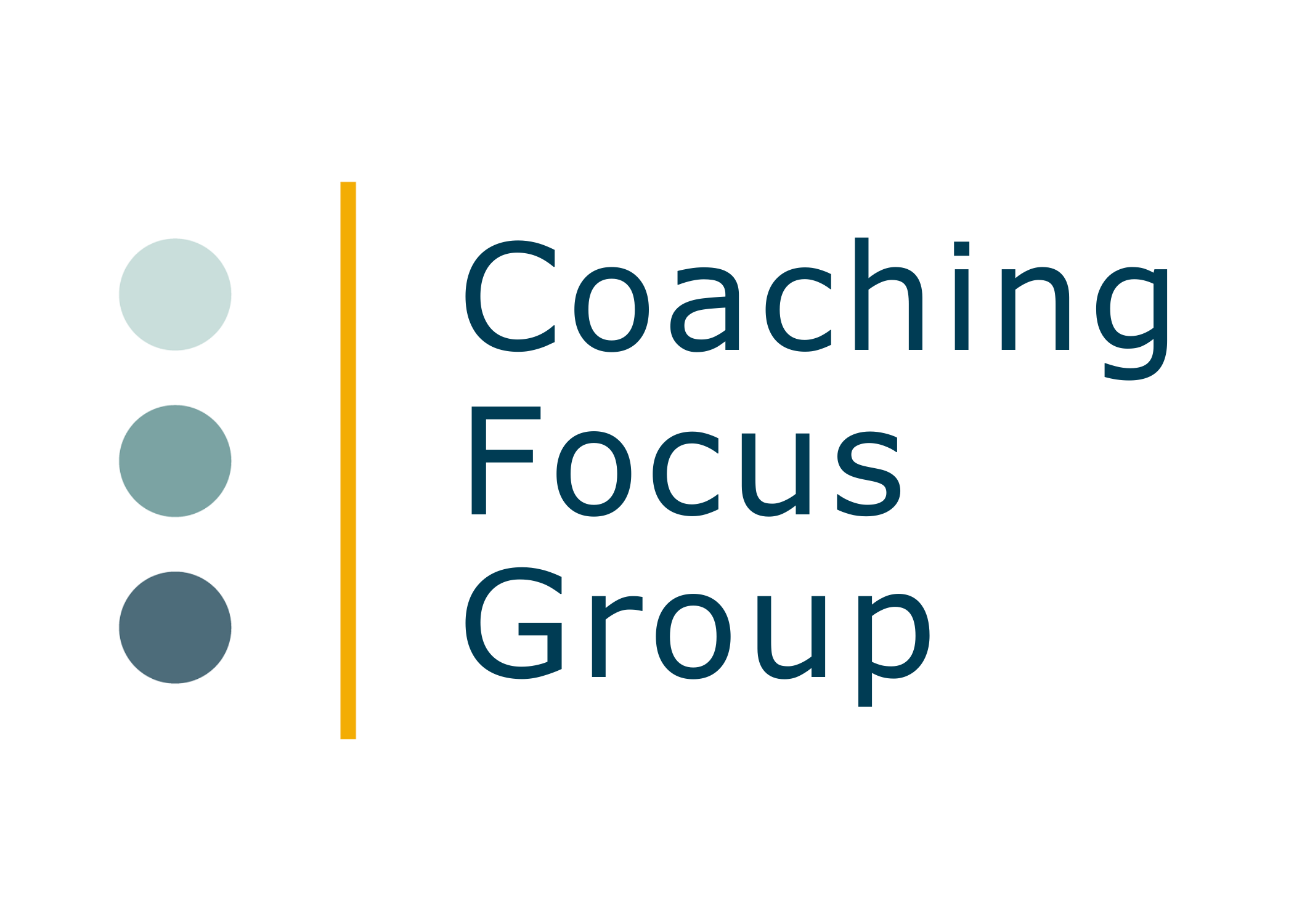By Coaching | Aug 6, 2021
The evergreen GROW coaching model
Who is this article for?
- Professional coaches looking to gain new thinking
- Business executives, leaders and managers who coach their teams
It is generally true that the most effective processes are those which are as simple as they can be (and no simpler). By keeping things as simple as possible, the risks of something going wrong are minimised.
If you have ever watched The Great British Bake Off on television, you will see the master bakers (in the form of Paul Hollywood and Mary Berry) create extraordinary breads and cakes with the minimum of fuss and ingredients, keeping the process as simple as it can be to achieve the best results. The competitors on the other hand will usually err either on the side of over-simplification which would include under-cooking, or over-complication, adding too many ingredients or over-cooking. So it is with coaching.
Coaching is fundamentally very simple. It has been around since humans first had offspring. It is just a conversation of any shape or form that allows one person (the coach) to help another person (the player) to learn, develop and so improve their performance. It should be a process that is kept as simple as possible (and no simpler) to be effective. The key essential ingredient is listening. Listening is the ground on which all else stands, and which allows relational space to emerge. Assuming this key ingredient is already present in the coaching conversation, then the next key ingredient is structure.
Structure in coaching conversations
Coaching conversations should not be pleasant chats (though they should be enjoyable). Coaching is a purposeful dialogue which is designed to help the player become more aware, more responsible, and more in action to achieve their goals. This design includes clarity about the specific purpose and intended result of the coaching.
Without this coaching ‘trajectory’, it is like setting off on an important journey to get somewhere, yet without clarity of where this place is, what it looks like, or without any real clue of how to tell when the destination is reached.
A clear Goal (outcome) for the conversation is needed. Given that this conversation is a journey of learning, the player needs to be looking about themselves to see what is going on in the landscape as they travel through the dialogue – a metaphor for raising their own awareness about themselves and the circumstances they are in (Reality). This raising of awareness helps the player then to make better, more informed choices about which roads to take, how to make the journey easier if there are short cuts to their destination (Options) and then to action one or more choices to move forward to their destination (Wrap).
This clear use of the GROW structure helps the coach to hold the coaching conversation in a well-defined and focused arena which is elegant in its simplicity. Like great baking, there are very few ingredients. However, like great baking, the real art of coaching lies not in the ingredients themselves but in the way they are mixed together and cooked.
The GROW model is a basic ingredient, the solid foundation on which the coaching conversation is built. Foundations are as relevant now as they have ever been and the GROW model is one of the best. But a solid foundation doesn’t necessarily mean a great building (or conversation) then automatically follows. The solid GROW foundation gets the coach to first base.
Developing fluidity
One criticism of GROW is that it is geared to a behavioural change approach, and limits the conversation to performance orientation and business results, this to the potential exclusion of the more philosophical or personal aspects of the player’s life such as career change, personal transition and life goals. I think this criticism is a reflection of the fact that some coaches have not developed sufficient competence to integrate the model unconsciously into their coaching.
When my son was eight, he wanted to go fishing off the sea wall. He was very keen to get his first fishing rod and the associated gear and for a while afterwards, the key focus of our fishing expeditions was the equipment. Further, more expensive equipment followed. Gradually though, he began to be less concerned about the equipment, and more interested in the currents and tides, in the subtleties of the weather, in the context of the activity rather than in the content of his fishing box. His focus shifted to the fish and how it lived its life, not on the tools to catch it. The irony is that the more he focused on the fish, and the less he focused on the tools to catch them, the more fish he caught.
The same shift happens to the effective coach as they develop competence. Gradually, thinking and concern about structure go to the back of the mind as this becomes second nature to them, and what comes to the fore is a broad and generous curiosity about the player’s context. This dialogue still has structure and purpose but is far more subtle and generative. The GROW model is there in the background, but the conversation itself has a richness and grace, and whilst it is structured, it remains fluid and open.
Learning to use the GROW model takes three months (or three hours at its most basic). On the other hand, developing the capacity for empathic, graceful generative dialogue with unconscious underpinning structure that allows fluidity can take years and is the hallmark of coaching excellence.
More resources on the GROW model:
Beyond GROW - a deeper integration of this popular coaching model
